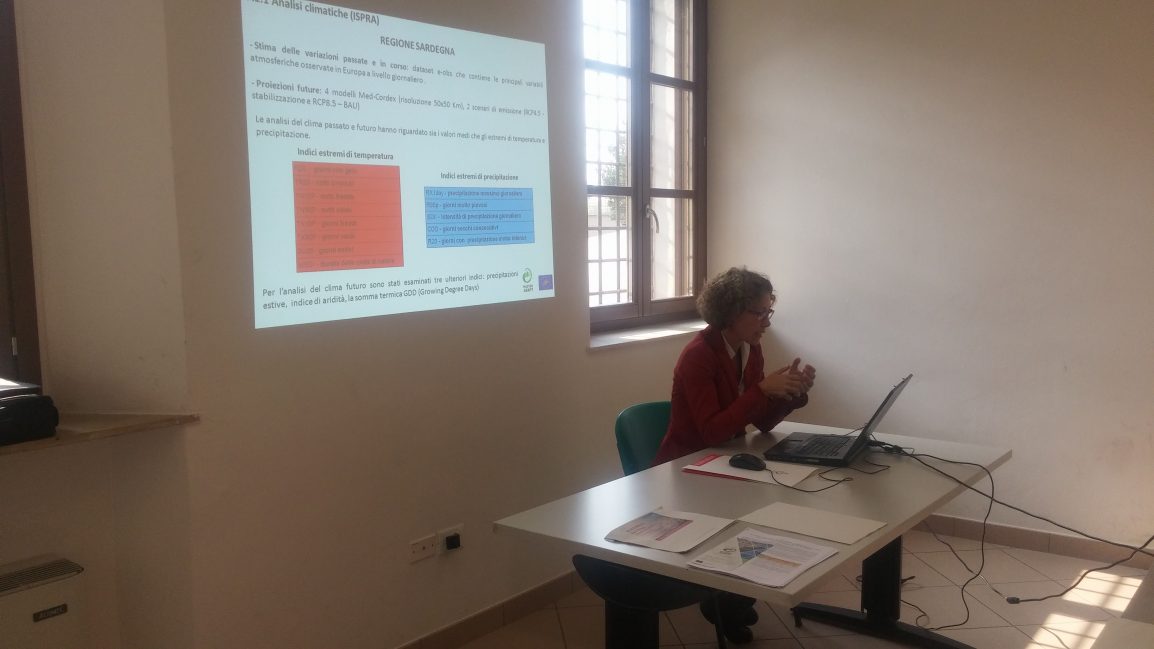MASTER ADAPT intends to find a common methodology to support the regions and metropolitan areas in identifying main vulnerabilities and priorities of intervention and, in particular, to develop guidelines for the adaptation government in urban areas, starting from the experience of the target areas of the project. In Mantua, on October 5, within the Italian Local Agenda 21 Assembly, the official presentation of the first results was held: Francesca Giordano from ISPRA presented the Climate Analysis and Vulnerability developed in the target areas involved in the project. The MASTER ADAPT event in Mantua was an opportunity to better explain how MASTER ADAPT wants to achieve its goals but also to network with other realities who have participated in the Master Adapt Climate Change and Adaptation Plans’ Working Group . In order to proceed and to make mainstream adaptation in the different areas, it is first necessary to better understand the current climate situation and to predict the future trends of climate variables in those areas and the problems that will be faced with the different areas (Sardinia Region, metropolitan area of Cagliari and Sassari, northern area of Milan, Salento area, Venice Metropolitan City). Action A1 – Climate and regional vulnerability analyzes and target areas, preparatory action co-ordinated by ISPRA, therefore provides for the analysis of current climatic trends and future climate projections in the various target areas and a methodological experimentation aimed at identifying the different vulnerability levels of the areas investigated. Vulnerability analysis followed the climate, and provided for the following phases: (i) Identification, based on expert judgment and historical analysis of events occurring in the territories, climatic hazards and potential impacts on they are associated; (ii) identifying, by appropriate indicators of the elements potentially exposed to these dangers (exposure (1)) and the constituent elements of vulnerability (sensitivity (2) and adaptive capacity (3)), consistent with the conceptual framework proposed under V Evaluation Report of the Intergovernmental Panel on Climate Change of the United Nations (IPCCb, 2014); (iii) standardization, classification and aggregation of indicators by weighted arithmetic mean in order to develop Synthetic Indications of Exposure, Sensitivity and Adaptive Capacity respectively; (iv) the elaboration of the Synthetic Vulnerability Index, such as the arithmetic aggregation of the Synthetic Sensitivity Index and the Synthetic Adaptive Capacity Index, according to the IPCC definition mentioned above.
Presentation by Francesca Giordano, ISPRA: LINK
Final document Regional Climate and Vulnerability Analysis and Target Areas (in English) LINK
Brief summary in Italian: LINK



